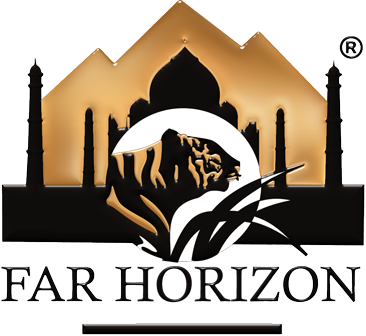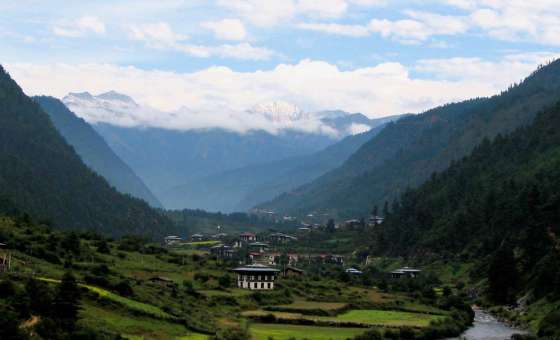The capital of one of the world's most intriguing destinations, Thimphu combines a natural small-town feel with a new commercial exuberance that constantly challenges the country's natural conservatism and Shangri La image.
It is a charming capital city that is nestled in the Himalayas with the magnificent sites of the Raidak River which passes through it which is often called as the Thimphu River.
History and Culture
Thimphu wasn't the capital or a large city since the beginning. Initially, it used to be a small hamlet which consisted of very few houses. Gradually, this city grew alongside the river as well as on the mountain cliffs. Over the years this city has seen a rapid development and you would find it to have the most modernised facilities as compared to any other city present in Bhutan.
Interestingly, this is also the only city in the world that has no traffic lights. The city has very well retained its old world culture and charm as the modern development here is very intricately monitored. A unique law, which retains the forms and motifs of Bhutan’s traditional architecture even for new buildings give Thimphu a delightful structural harmony, the new buildings here can be built only in the Bhutanese style and only up to a certain height. Thimphu is an engaging blend of the old and the new.
Climate
October to December is the ideal time to visit Thimphu as the air is clear and fresh with sunny skies. January and February are colder, but from then until April the climate remains dry and pleasant and in late spring the famous rhododendrons bloom spectacularly, flooding the valleys with colour.
- October - December






















